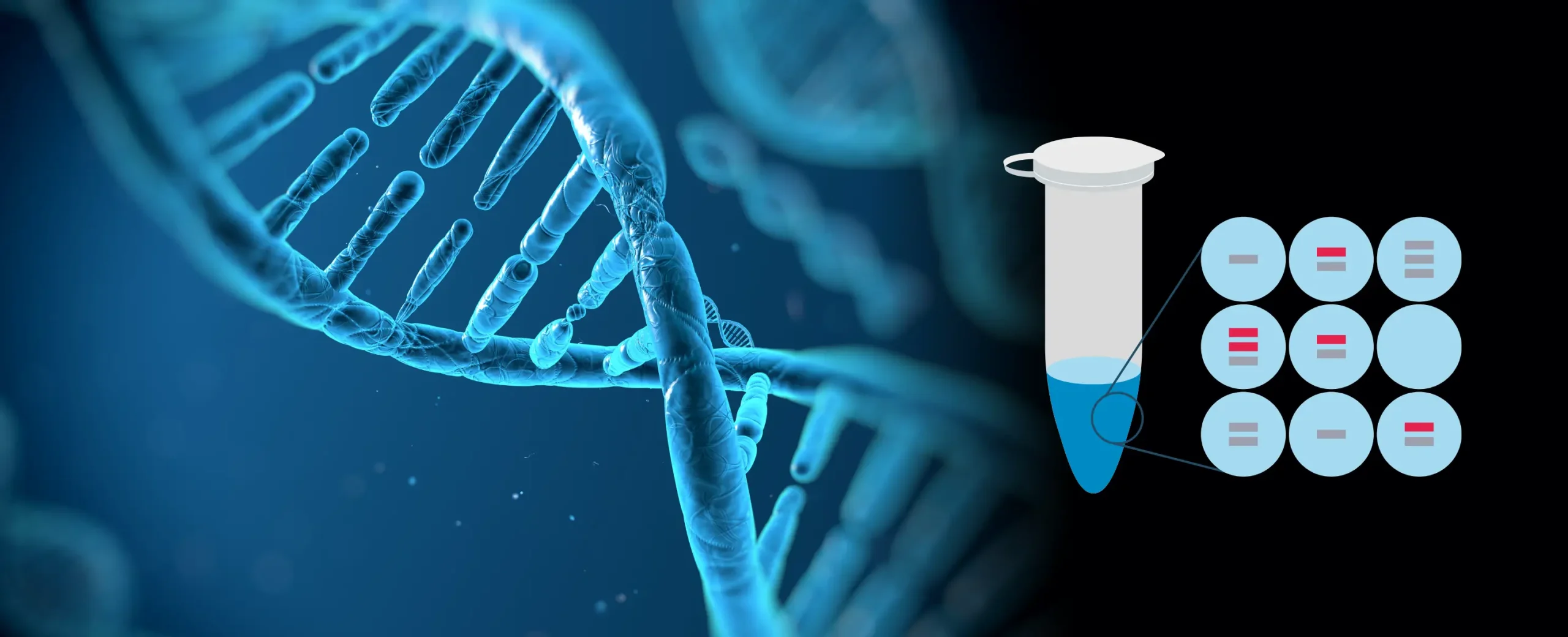June 1, 2022

In this webinar, Dr. Jan Hellemans describes the intrinsic potential of droplet digital PCR (ddPCR) in clinical research for three different applications:
- rare variant analysis in plasma samples,
- small changes in alternative splicing, and
- CAR-T studies.
CLICK HERE TO VIEW THE WEBINAR
Since becoming commercially available in 2011, digital PCR (dPCR) has been gaining in popularity as it enables nucleic acid quantification with superior accuracy and precision compared to quantitative PCR (qPCR). In brief, the technology consists of the following steps:
- The PCR reaction mixture is partitioned into thousands of water-in-oil droplets with target and background DNA randomly distributed among the reactions.
- The target DNA is amplified by PCR using standard thermal cycling with fluorescent dyes or probes.
- Each reaction provides a fluorescent positive or negative signal indicating that target DNA was present or absent in partitioning.
- The fraction of positive droplets is used to calculate the target DNA concentration using Poisson correction.
With data acquisition taking place at the end of the reaction, and since absolute concentrations can be determined, data can be easily interpreted and compared across different samples and experiments, especially in a clinical setting.
Additionally, dPCR doesn’t suffer from the inherent complications of qPCR that result from the requirement of a standard curve and excels in the quantification of low abundant genes or small differences.
Learn more about digital PCR
You might also be interested by
CellTalk Blog
Leveraging Preclinical Genomic Insights for Successful Therapeutic Development
August 18, 2025
Genomics
More infoCellTalk Blog
Immortalizing Your Samples: The Power of Dual Extraction in Pre-Analytical Planning
August 18, 2025
Genomics
More infoCellTalk Blog
Maximize Sample Value with Combined IHC and RNAseq Analysis
August 18, 2025
Genomics
More infoWeb News
Biofidelity and CellCarta partner to deploy Aspyre® Lung in global clinical trials
January 9, 2025
Genomics
More info